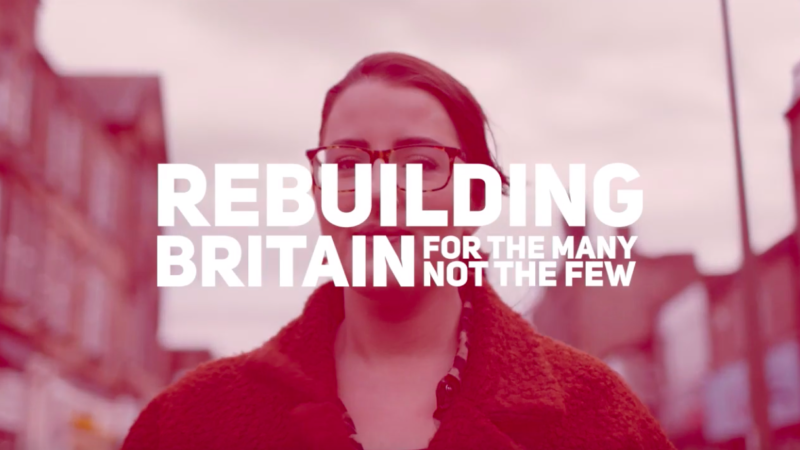
Today, Labour launches its campaign for the 2019 local elections taking place on 2nd May. Andrew Gwynne, who is both the Shadow Local Government Secretary and Labour’s elections and campaign chair, has penned a piece for LabourList today setting out the party’s core message: choose investment, not austerity.
“This could be a tough set of elections for us,” Gwynne writes. “Amid the Brexit crisis into which the government has plunged our country, people are – understandably – feeling disillusioned with a Westminster political system that appears detached from the reality of their day-to-day lives.”
During the local election campaign last year, expectations were allowed to rise to sky-high levels. This led to Labour not winning Westminster, Wandsworth and even Kensington being portrayed as a crushing disappointment. The Tories were eager to overstate how well they’d done, by taking control of Barnet for instance, and Labour’s failure to manage expectations in the run-up to polling day enabled them to do just that.
This year, there is open recognition that these contests are going to be difficult for Labour. They consist of 270 English local councils, six directly-elected mayors in England and various by-elections (plus all 11 local councils in Northern Ireland). Most of these will be based in non-metropolitan areas, many of which voted heavily to Leave in 2016. These places are where Labour has recently struggled.
Party chair Ian Lavery will lead the event in Stoke-on-Trent this morning, joined by Gwynne, Diane Abbott, Angela Rayner, John Healey and Barbara Keeley. The location of the launch encapsulates upcoming difficulties. Its local council is currently Labour-dominated but controlled by a Tory-independent coalition, while the parliamentary seat of Stoke-on-Trent Central voted to Leave in 2016. Local MP Gareth Snell is Labour but has a slim majority of just under 4,000.
The non-metropolitan districts currently held by Labour but up for grabs in May are mostly Leave-voting, and linked to marginal parliamentary seats. They are:
- Barrow-in-Furness: Labour councillors outnumber Tories 27 to 9, however the MP is John Woodcock, who resigned from Labour last year (majority of 209).
- Bassetlaw: Labour-controlled but Tories were in control from 2006 to 2010. Local MP is John Mann, who is still Labour but an outspoken Corbynsceptic (majority of 4,852).
- Bolsover: No Tories, only five Independents. Represented in parliament by Labour Eurosceptic Dennis Skinner (majority of 5,288).
- Chesterfield: Labour 37, Lib Dems nine, UKIP one. 60% Leave.
- Copeland: Labour 29, Tory 17, Independent five. The parliamentary seat was notably lost by Labour to the Conservatives in 2015 by-election, and wasn’t won back in 2017.
- Gedling: Labour 32, Tory 15, Lib Dem 3. A swing council. MP Vernon Coaker only has a majority of 4,694.
- Lancaster: Labour-dominated, but no overall control. Local MP is frontbencher Cat Smith (majority of 6,661).
- North East Derbyshire: Key target parliamentary seat for Labour, as it was a notable Tory gain when Lee Rowley won in 2017.
- Preston
As Corbyn meets with EU leaders in Brussels today, top Labour figures back in the UK will be trying to ensure that the May elections are fought on the provision of adequate support for public services, not Brexit.




More from LabourList
‘The soft left sets out its stall’
Labour MPs raise concerns for international norms as Foreign Secretary responds to US action in Venezuela
‘Labour’s apprenticeships and skills focus will restore pride, opportunity and growth to communities’